The Cave Temples of Badami and the mighty Chalukyas
I had been to Badami close to four years back. We drove down from Bengaluru to participate in the Go Heritage Run there. I had heard a lot about the Rock Cut Cave Temples of Badami but never visited it. To make best use of our trip, we visited Bijapur and Pattadakal too.
Badami is located in the Bagalkot district of Karnataka. It is famous for its rock cut cave temples built between the 5th and 8th century AD. For adventure seekers, this is a great place for bouldering.
The Chalukyas:
After the decline of the Kadamba dynasty, the Chalukyas came into power. The Chalukya dynasty controlled parts of Southern and Central India. They ruled between the 6th and 12th centuries.
They ruled as three individual dynasties during this period:
- Badami Chalukyas (500-753 AD)
- Kalyani Chalukyas (624 – 1061 AD)
- Vengi Chalukyas (957-1200 AD)
Badami Chalukyas:
Coming to Badami, this city was once the capital of the Badami Chalukyas. Also known as Vatapi, it remained as the capital for over two centuries. Pulakeshi I and his son Kirtivarman laid the foundations of Badami. Pulakeshi I built the temples and buildings. The brother of Kirtivarman, Mangalesha built the famous rock cut cave temples of Badami.
Warring Badami Chalukyas and Pallavas:
Pulakeshi II was the greatest king of the Chalukyan empire. He ruled from 610 – 642 AD. The Badami Chalukyas and Pallavas fought many a battle.
Pulakeshi II went onto defeat Pallava King Mahendravarman I. Later on Narasimhavarman I (his son) avenged the defeat. He captured Badami and Pulakeshi II died in this attack. Narasimhavarman I then ransacked Badami and ruled it for 13 years.
Vikramaditya I (Pulakeshi II’s son) finally went on to push the Pallavas out of Badami. Thus restoring some lost glory to the city. After almost five decades, the Chalukya dynasty was back at its peak.
Led by Vikramaditya II, they won many wars with Pallava Nandivarman II. Thus avenging the humiliation suffered at the hand of the Pallavas. Vikramaditya II went onto to engrave an inscription at Kailasnatha temple. This is seen on the victory pillar at the temple.
Badami was later on ruled by the:
- Vijayanagar empire
- Adil Shahi’s of Bijapur
- Nawabs of Savanur
- Marathas
- Hyder Ali and
- British
Rock Cut Cave Temples of Badami:
All in all Badami has four rock cut cave temples. The caves have exquisite designs on its pillars and carvings.
Cave 1:
This is the oldest cave temple amongst the four caves. The temple is dedicated to Lord Shiva in the dancing form known as Nataraja. The Nataraja is seen with 18 hands, each hand depicting a different gesture. Some of the hands hold an axe, trident, serpent, drum and torch. There are many forms of Nataraja depicted in this temple. Additionally there are sculptures of Harihara, Ardhanarishvara, Mahishasuramardhini, Ganesha and Karthikeya.


Cave 2:
This cave is smaller than Cave 1 and reached by climbing 64 steps. This temple is dedicated to Lord Vishnu who is shown in Trivikrama form. There is a sculpture of Vishnu in the form of Varaha who saves goddess earth. Additionally there are many friezes depicting the churning of the ocean, birth of Krishna and more.
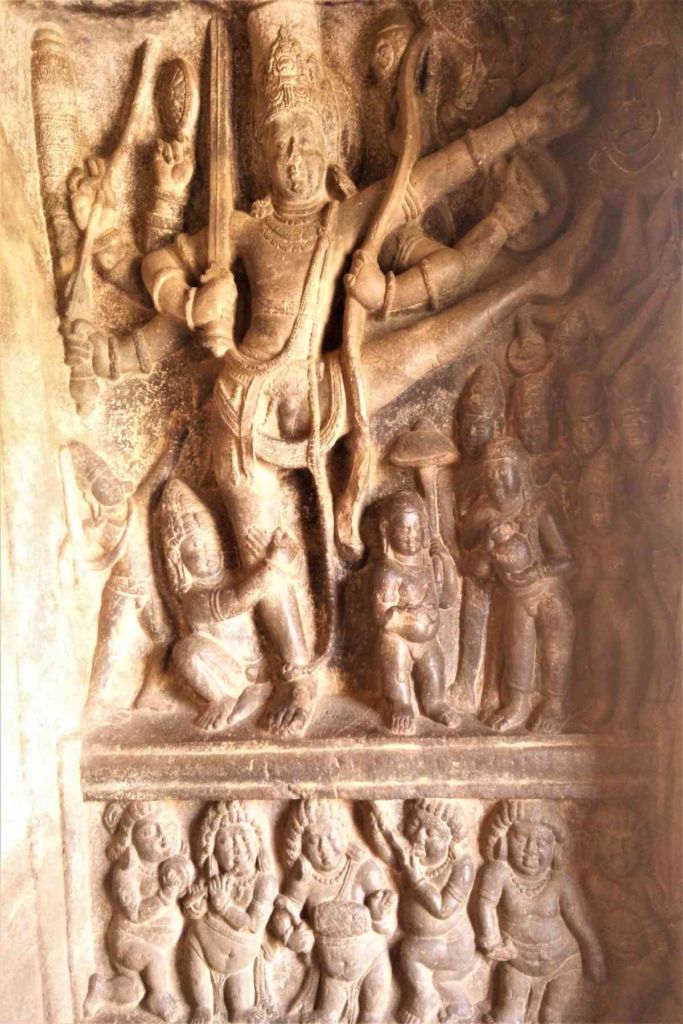

Cave 3:
This is the largest cave amongst the four. Lord Vishnu is seen here in different forms. Seated on the serpent Adisesha; Standing as Narasimha; As Varaha saving earth; as Harihara (half Vishnu and half Shiva) and Trivikrama Vamana avatars. Also depicted as a mural is the marriage of Shiva and Parvathi.
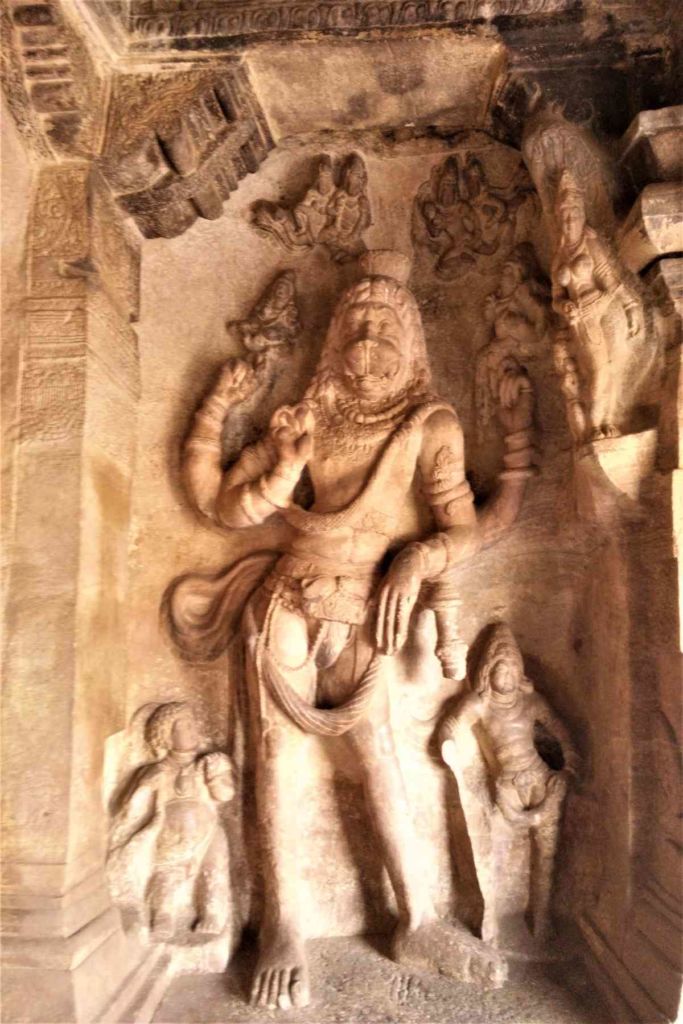
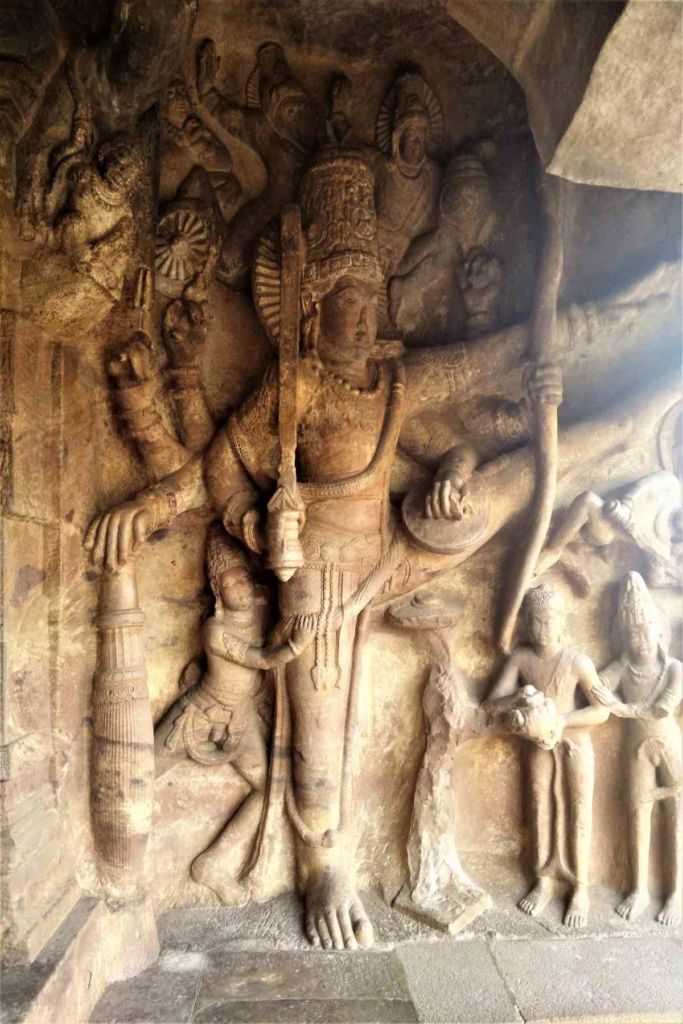
Cave 4:
Dedicated to Jainism, this temple has sculptures of a seated Mahavira and Tirthankara Parshavantha with a snake at his feet.
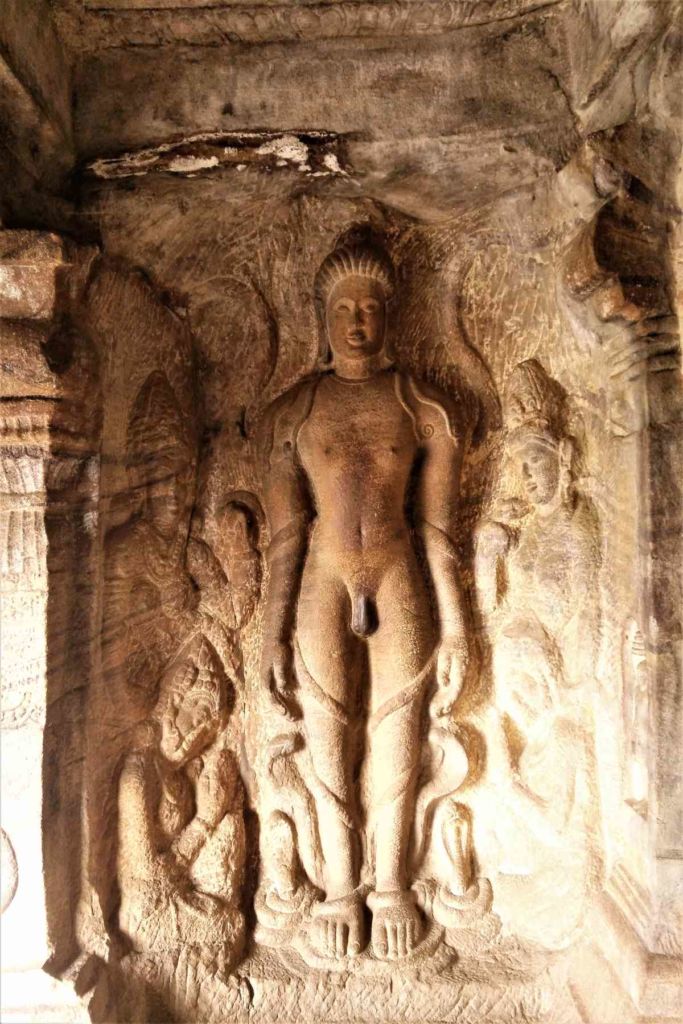
Badami Fort:
Located on the top of the hill, this fort was the residence of the Chalukyan rulers. A statue of Nandi (Bull) guards the entrance of the fort. The Pallavas plundered the fort when they ransacked Badami.
It was later fortified during the period of Tipu Sultan. Tipu Sultan went onto build a masjid like structure in the center of the fort. There still exists a large cannon in the fort thus reminding us of the wars once fought here.
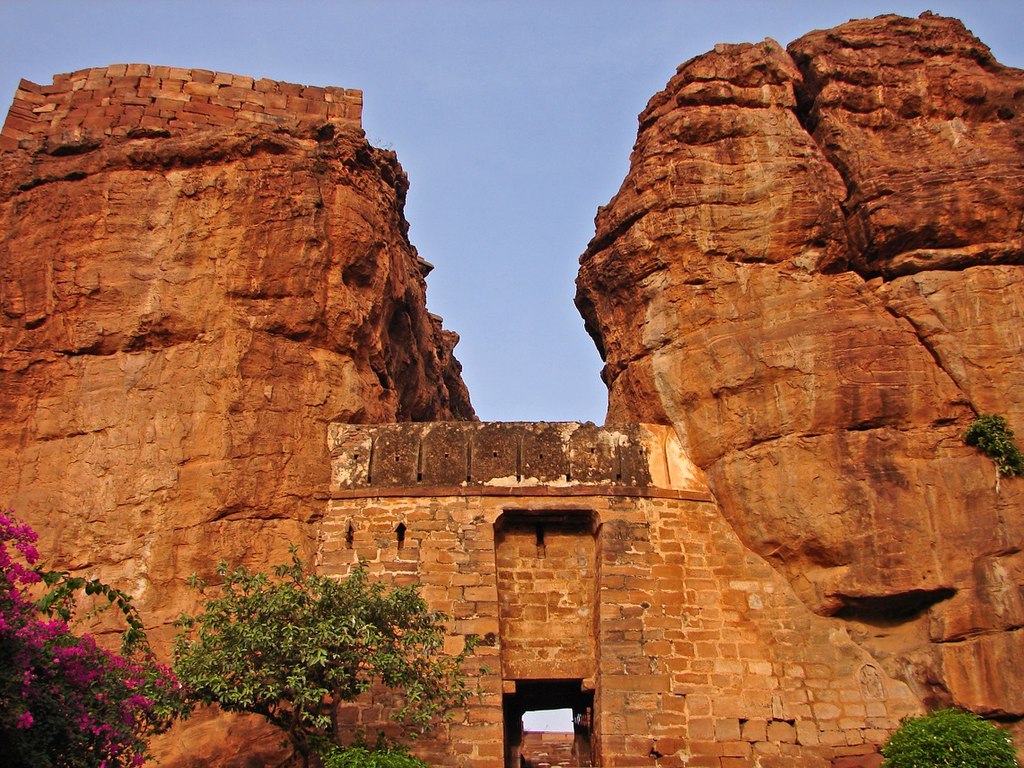
Bhutanatha Temple:
The Bhutanatha group of temples consists of mainly two temples. Bhutanatha a form of Shiva is a God of ghosts, spirits and souls!
The styles of these temples look distinctly different. The Bhoothanatha temple is located on the eastern side of the lake. The superstructure has a distinct southern and northern Indian style. Whereas the Mallikarjuna temple located on the north-east side had a western style built based on the stepped superstructure.
The different temple styles convey that they were built by different rulers. Hence the understanding that Badami Chalukyas built the Bhutanatha temple and the Kalyani Chalukyas built the Mallikarjuna temple.
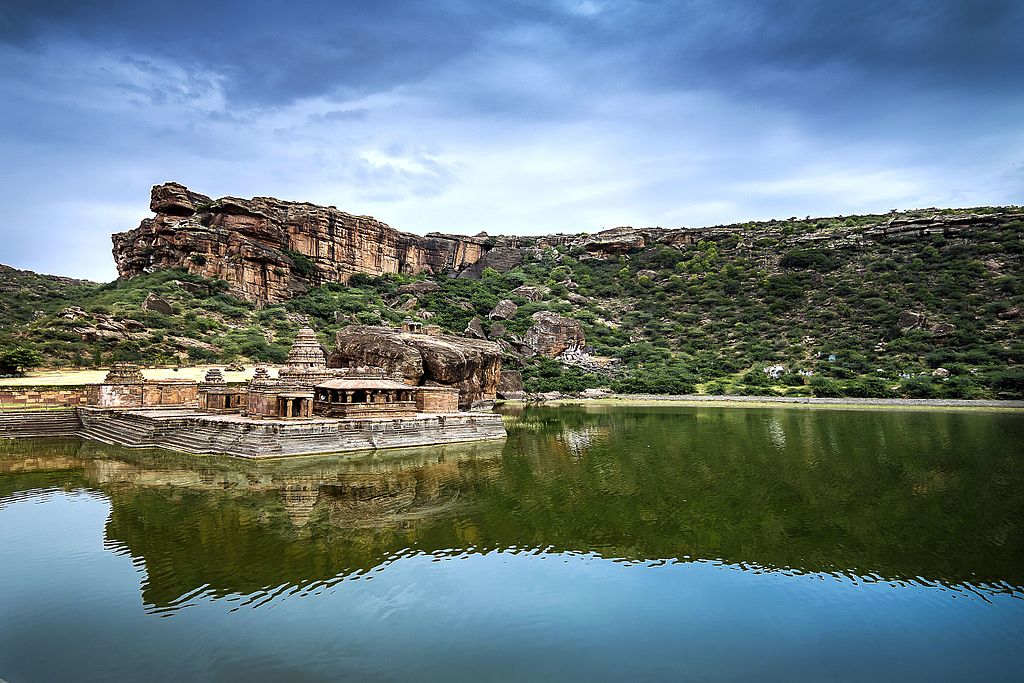
Mahakuta Temple:
Maha in Kannada means large and Kuta in Kannada means group. Hence the name Mahakuta. Built by King Pulakeshi I, this complex has at least a dozen shrines. Like in all Shiva temples, the Nandi lies facing the Lord here as well.
Interestingly the Mahakuteshwara temple has two demons standing at the entrance to the shrine. The demons are Vatapi and Ilvava were siblings. Vatapi has a reference to the Vatapi legend from the epic Ramayana. Sage Agastya tricked the siblings thus resulting in Vatapi dying at the hands of the Ilvala.

There are many bas-reliefs that adorn the walls of the temples. There is small natural spring fed pushkarni (tank) beside the temple. This tank sports a five headed Shiva linga; each facing in different direction and the last on being on top. The priest told us this is the only one in India and the second being in Nepal.
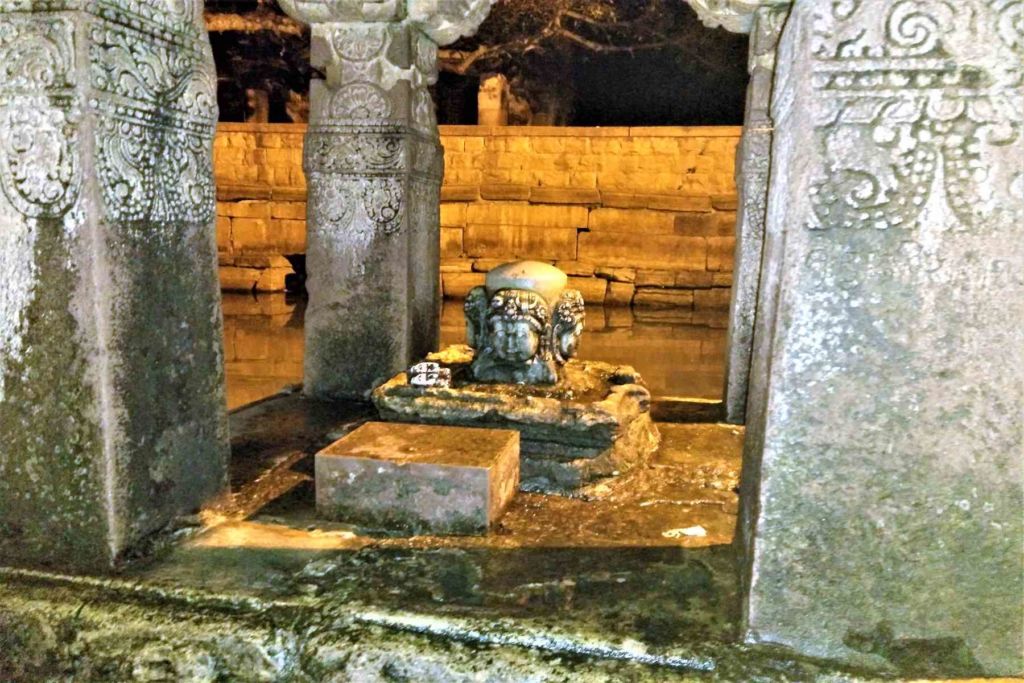
Agastya Lake:
The bouldery terrain of Badami surrounds a 5th century lake – Agastya. This lake gets its name after sage Agastya of the epic Ramayana. The waters of this lake have never gone dry for centuries!
The Bhutanatha temples lie on the eastern bank and the cave temples on the south-west side. The belief is this lake has healing powers. People also take a dip in this lake to cleanse themselves of sins. The Bhutanatha temple offers a great sunset view beyond the lake.
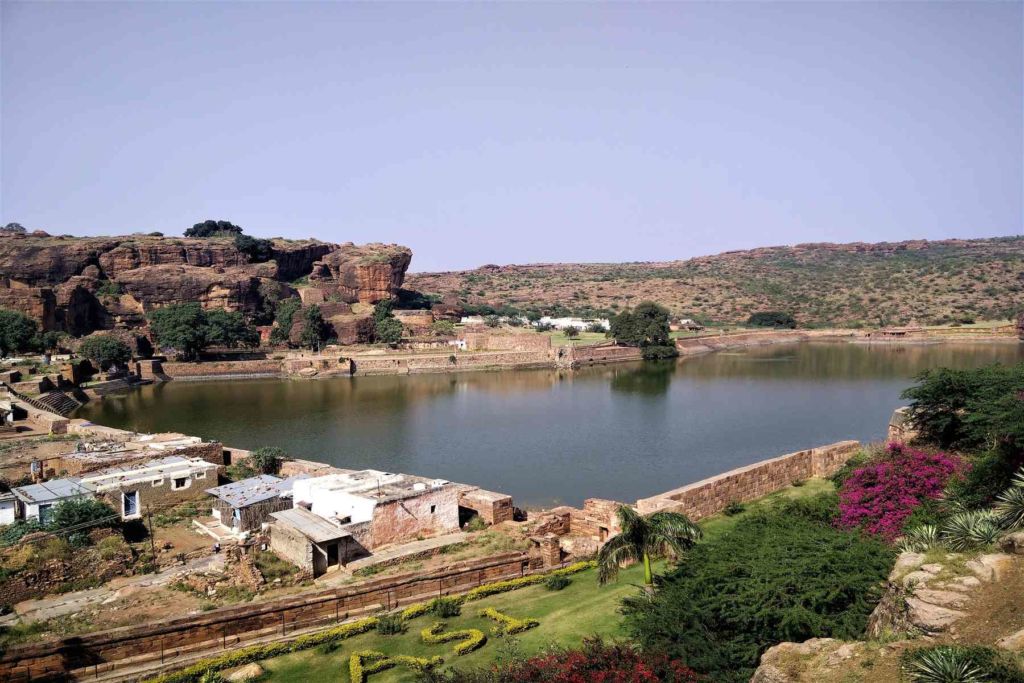
Banashankari Temple:
The Badami Chalukyas built this temple in the 7th century AD. The main deity of this temple is Banashankari, a form of Goddess Parvathi. This temple deity is known as Shakambhari here. This temple is located at Cholachagudd in Badami. I remember trying to strike the temple bell before entering the temple. Not sure if this is a practice here, however everyone were trying to run in and give it a shot.
There are 3 large deepa stambhas (lamp towers) on entering the temple premises. A large tank void of water is present beside the temple. Beside the tank, a large watch tower which serves like a deepa stambha cannot be missed.
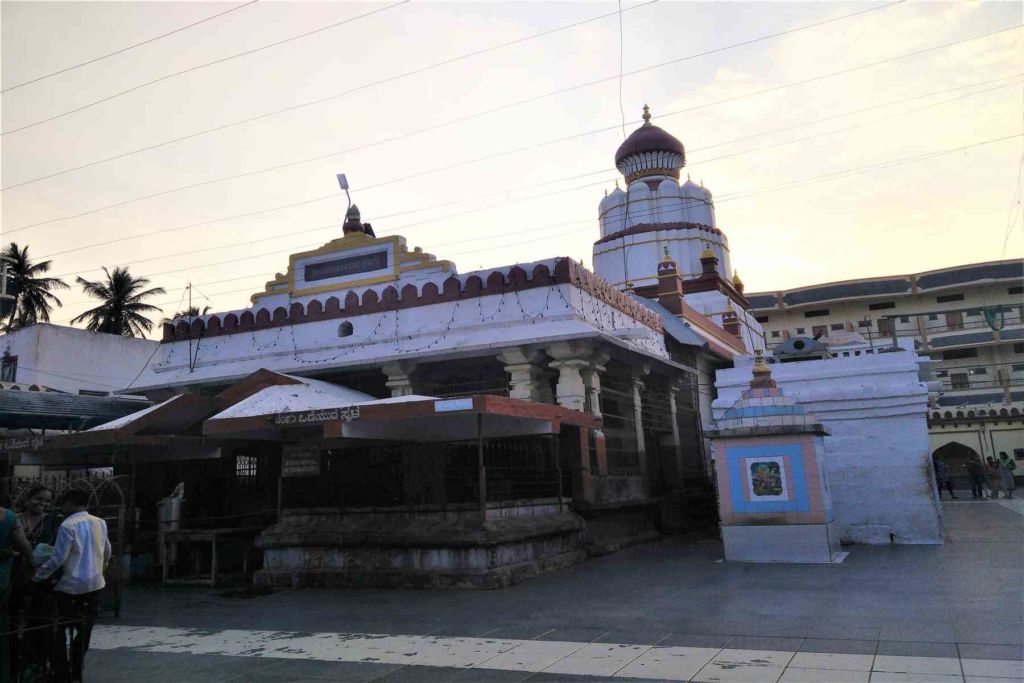

Best time to visit the Badami
The winter months from October to March is the best times to visit Badami.
How to reach Badami ?
By Air:
Badami doesn’t have an airport. One can fly to Hubli and then take a bus or private vehicle to the Badami.
By Rail:
Badami has a railway station. However one needs to check if the train from your city arrives there.
By Road:
Badami is well connected by road.
What are the places close to Badami?
There are many places of historical importance with sites having UNESCO status at driving distances from Badami:
- Pattadakal: The numerous differently styled temples of Pattadakal (UNESCO heritage) is an architects delight. Built by the Chalukyas in the 7th and 8th century, Pattatakal is about 30 minutes drive from Badami.
- Aihole: Like Pattadakal, the ancient temples of Aihole are also popular. Aihole was the capital of the Chalukya dynasty and 45 minutes drive from Badami.
- Bijapur: Unlike the above, Bijapur doesn’t have any site with an UNESCO status. However it is famous for the Gol Gumbaz and other Bahamani structures dating back to the 17th century. The driving time from Badami to Bijapur (Vijayapura) is about 2 and half hours.
- Hubli and Dharwad: The twin cities Hubli and Dharwad are about 2 hours and 45 minutes drive away from Badami. Hubli is famous for its art and literature from the 12th century and Dharwad of course for its Babusingh Thakur Dharwad peda!
- Hampi: Hampi was the erstwhile capital of the Vijayanagara empire. Presently in ruins, Hampi is a very popular tourist destination. Hampi is about 3 and half hours drive from Badami.
For more such historical experiences in India, read the article covering the caves of Ellora and more. And in case culture is of your interest, check out the Khajuraho temple tours and more in India.
If you are keen on traveling to Badami, write to us and we can help craft an experiential travel itinerary for you.
Similar experiences:
You might also be interested to read about the UNESCO heritage rock cut cave temples of Ajanta and Ellora.
India is not just about history. In fact, there are many more facets to this ancient land – culture, spirituality, mystery, nature, wildlife and so on. Check out the holiday and tour packages representing the different facets of India travel.


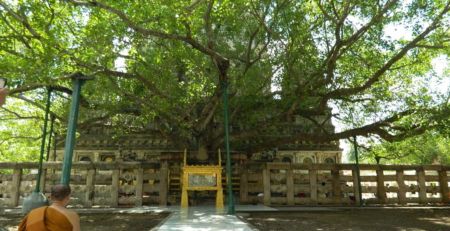

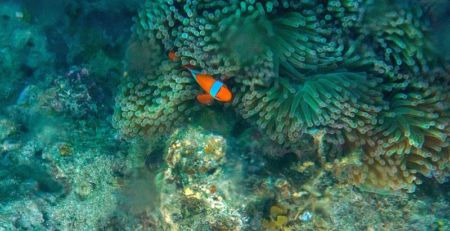
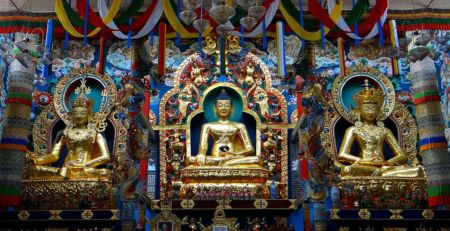
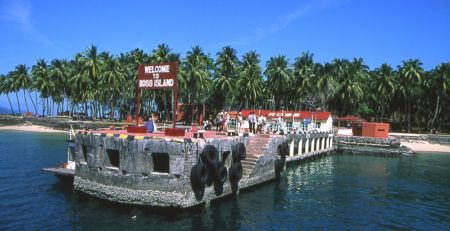
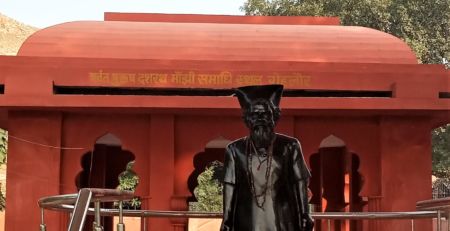
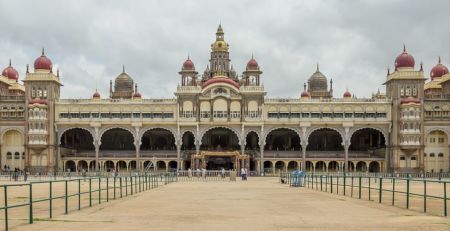
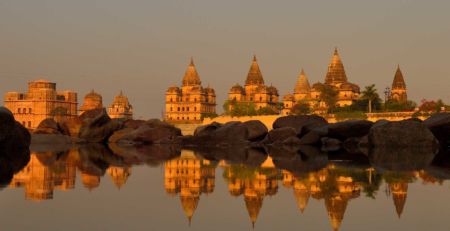

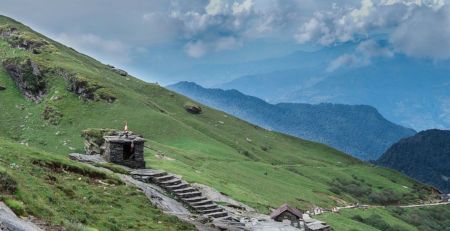
Leave a Reply